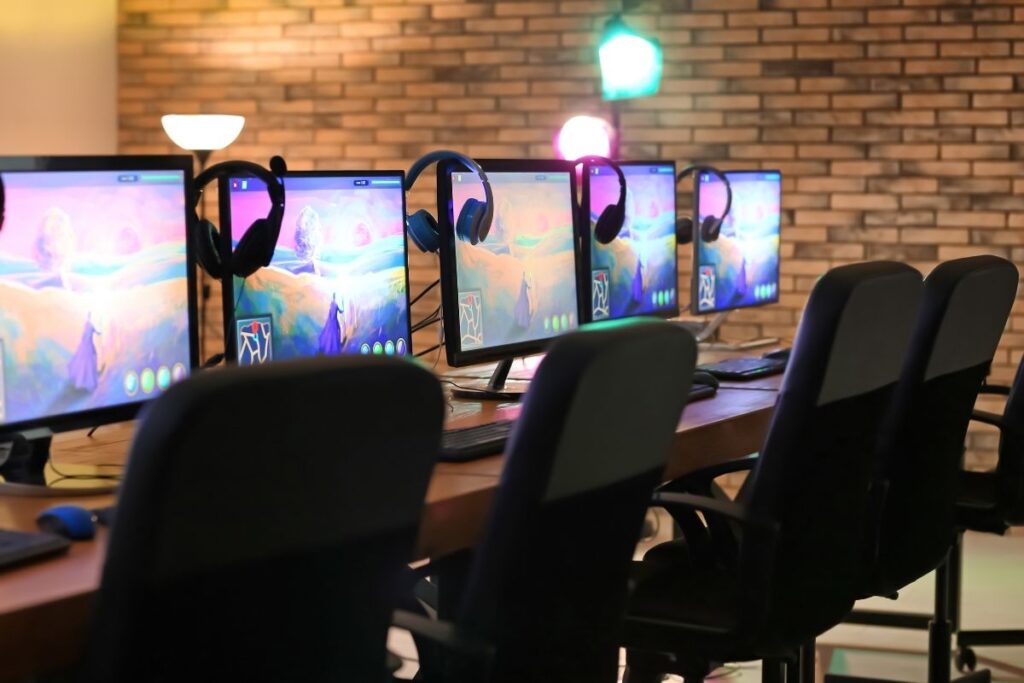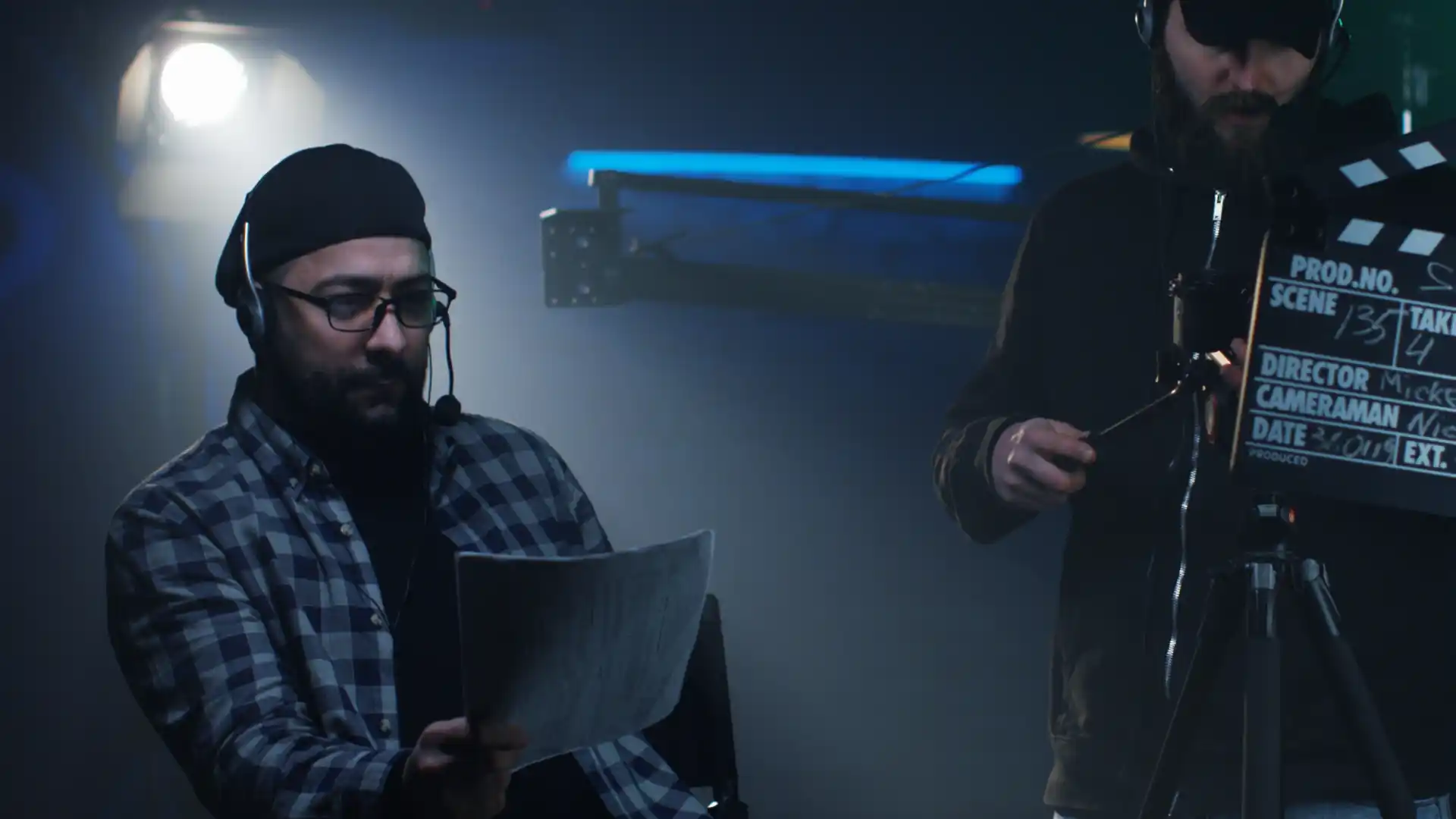We intend to reach all types of gamers, from little kids and casual participants to hardcore esports and gaming enthusiasts, inclusive of age, gender, ability and socio-economic status.
We need to make sure we reach our full gaming and esports community. Our approach—that we love to play games ourselves—makes community engagement easy for us. We love that people enjoy our game, but we prefer to engage one-on-one with them ourselves, to see how they interact and feel when they’re playing it.
For us, it’s not about the numbers, it’s about making sure that people enjoy the game and feel part of a genuine community. You can see how much passion people have for the game. But it’s also important to understand their interaction with the game itself and what they take away from the experience.
While many gamers will give verbal feedback while they’re playing, you can learn a lot from non-verbal clues, as well. We pay attention to their body movements, their gestures and the expressions on their faces as they’re playing our game. You can learn a lot from this feedback.
Within the gaming or esports community you’re building, gamers will talk amongst themselves about your game. They might have great feedback to move your game forward or set it in a great new direction. It’s key to build that community where your gamers are willing to engage. It doesn’t take many people, either—your community could be as small as five people.
Thankfully, we have a core group of people in our community who are extremely passionate. They provide us with great ideas and direction on where the game could go.
When it comes to the gaming industry, I think a lot of people focus on the size of a community. When we thought about our community, we tried not to think about the numbers—whether we had hundreds of thousands of followers or somewhere in the millions. We only wanted to make sure our community was genuine.
Even if there were only a handful of people following our game, we wanted them to know we cared about their opinions and their passion for the game. This is why you often see us in public—we want to meet gamers wherever we can. We want to know who they are, what they enjoy and what they might want to change. We’re open to feedback and want to provide online gaming education.
In our experience, being genuine about our intentions, getting out there and involved in the gaming community, means working together.
In other words, I’m there to help you and you’re there to help me.
This is part of the reason we’re out there in the community, taking part in events where we can. If we return to the numbers, this single action—reaching out to engage without our gaming community—has come back to us, two-fold. The gaming industry is willing to talk—make sure you are listening.








